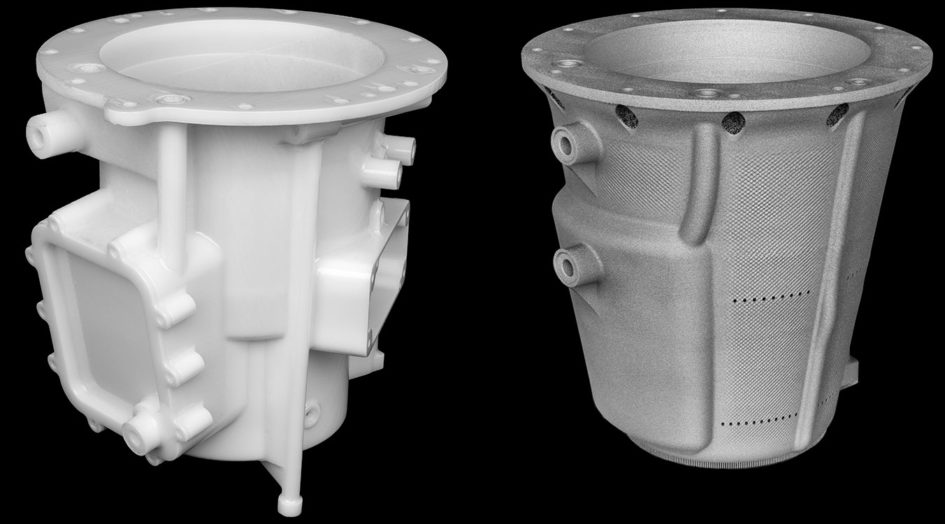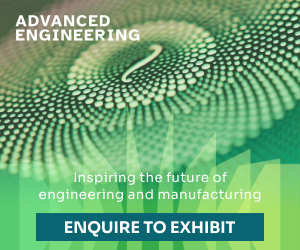Safran Electrical & Power explores the possibilities of complex structures and what Additive manufacture (AM) can do for aircraft power generation. Through an ongoing collaboration with Safran, Betatype has helped them to exceed their goals with AM, reducing part count and manufacturing time.
Safran Electrical & Power designs and produces electrical systems for commercial and military aircraft for both fixed and rotary wing aircraft. With a desire to improve design knowledge coupled with an increasing number of customers requesting parts to be made by AM Safran Electrical & Power knew they needed to enlist an AM design specialist.
Dr Mark Craig is the Additive Manufacture focal point for the Power Division within Safran Electrical & Power he noted: “We came across Betatype in a search for additive manufacturing specialists and it was clear after our initial discussions that they had the knowledge and skillset we were looking for to add value in our new part production programme.”
Auxiliary Power Unit Generator Housings / Left: Current design for CNC machining, scale plastic protoype, Right: First generation pilot part optimised for AM, Designed and fabricated by Betatype, Grade 5 Titanium, full scale component (230mm x 230mm x 235mm).
The Power Division 3D printing team were looking for ways to improve the design of an electrical generator housing. By exploiting the technical advantages of 3D printing, Betatype were able to improve the design of the housing by focusing on a number of key areas: improved strength, increased stiffness and a reduction in overall weight.
Auxiliary Power Unit Generator First Generation Housing / Animation highlights the complex internal and external structure of the componet, unifying complex cooling and reservoir volumes while providing maximised stiffness.
To tackle this issue, Betatype developed a proof of concept using an ultra-high density lattice as part of a sandwich structure with over 10 million elements – a first for the company as part of a case study. The initial work has been very encouraging and Safran is very keen to pursue this avenue further within housings and other components.
First Generation Auxiliary Power Unit Generator Housing / Section of pilot part highlighting metal foam core of outer wall sandwich structure.
Betatype CEO, Sarat Babu explained, “We knew creating a more complex, higher density lattice structure was the key to achieving what Safran was looking for in the part. Applying our technology and multi-scale approach, we were able to control the scan path and exposure settings down to each element of the sandwich structure’s design. By pushing laser powder bed fusion well beyond its standard processes, we created the ultra-high density lattice structure required.”
Betaype’s proof of concept proved a success. It optimised Safran’s generator housing designs for AM, unifying the design from several complex machined components into one part. Betatype were able to dramatically reduce the overall part count and manufacturing times – adding value and saving costs.
To continue reading or to download the case study, see here





